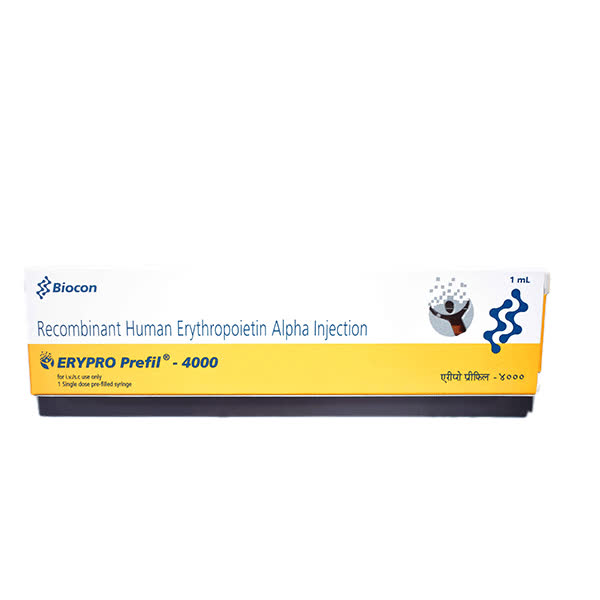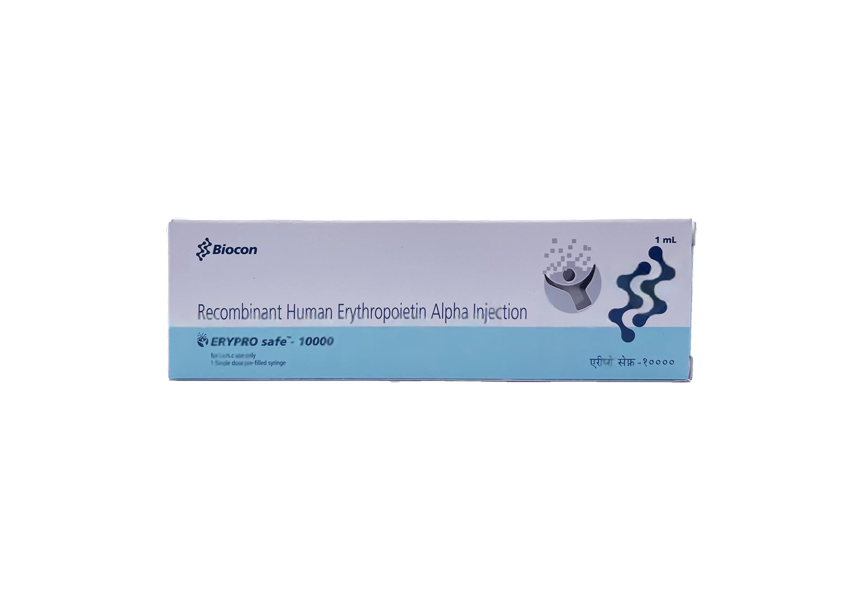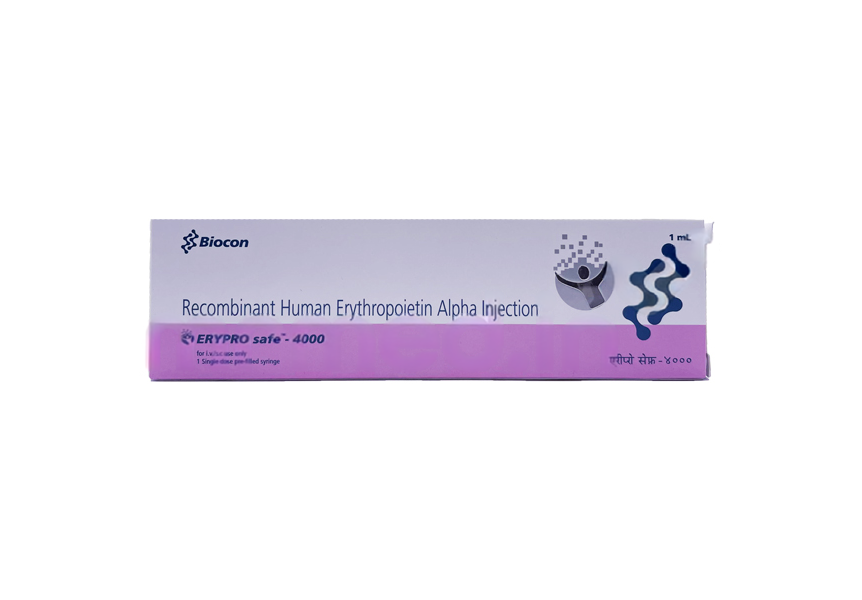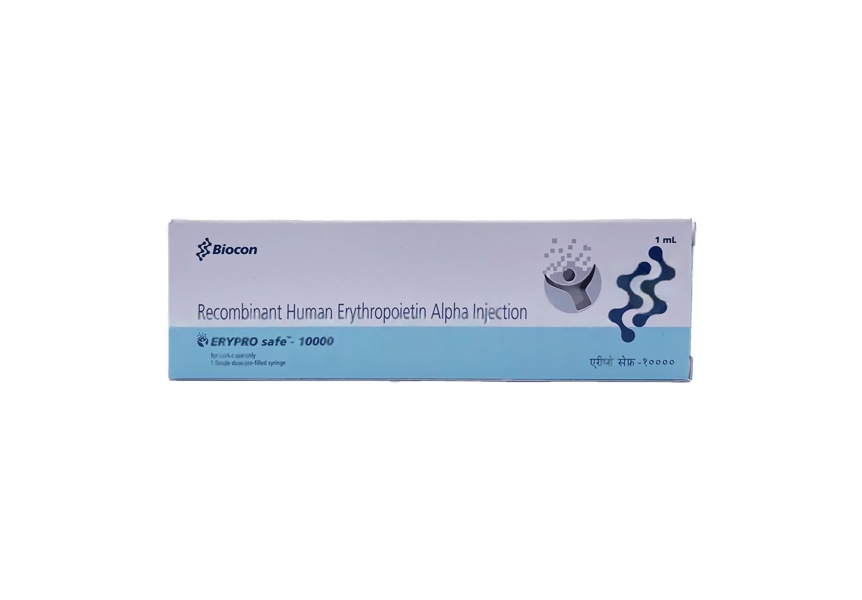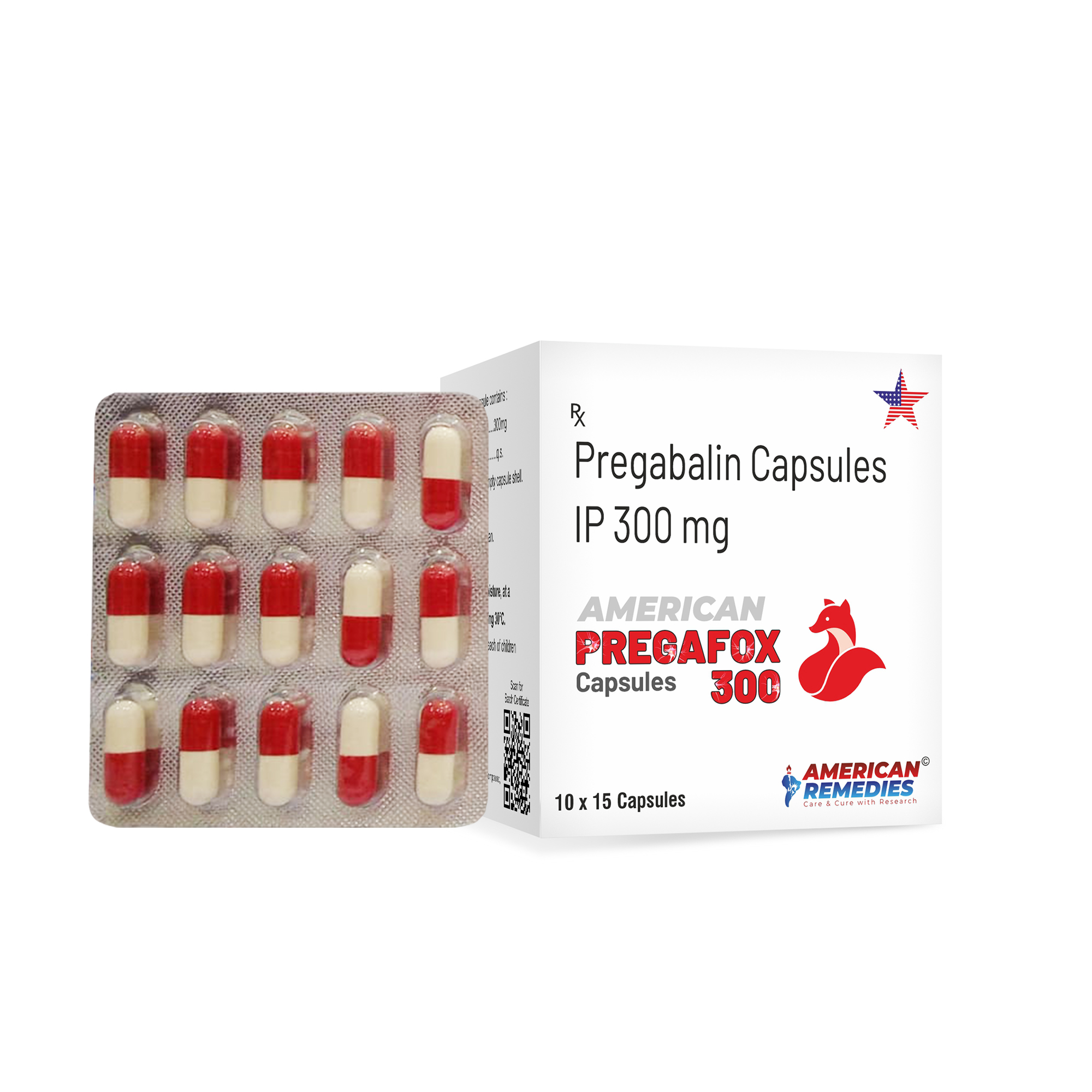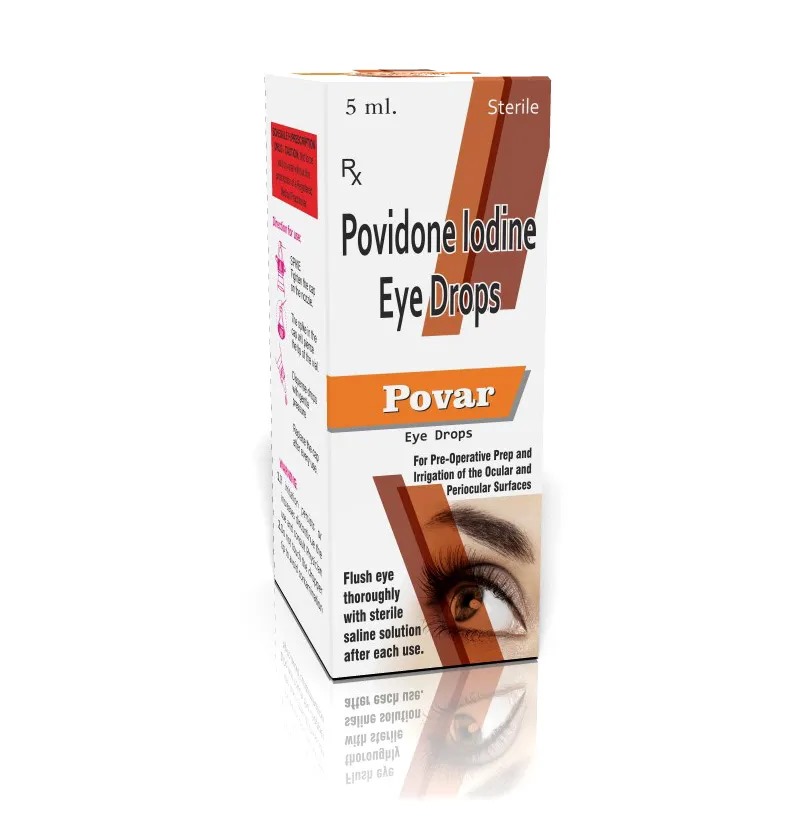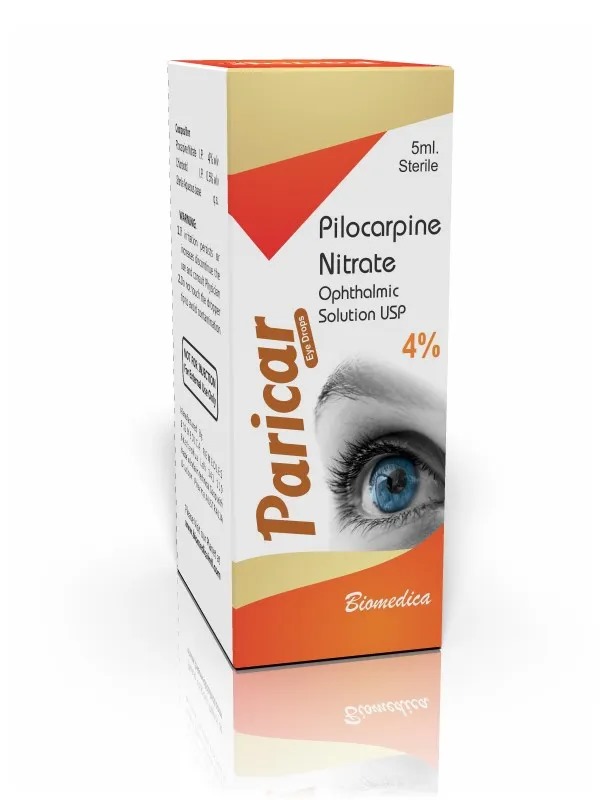Erypro Safe 4000IU Injection is a medicine that helps your bone marrow to produce more red blood cells. It is used to treat a type of anemia caused by kidney disease. It is also used to treat anemia caused by cancer chemotherapy and by taking medicines to treat HIV. Erypro Safe 4000IU Injection is given by injection either under the skin or into a vein which will be decided by your doctor. Usually, the injections are given by a nurse or doctor. The dose depends on your body weight and the cause of your anemia. Iron supplements both before and during treatment may make this treatment more effective. Erypro Safe 4000IU Injection needs to be stored in a fridge but used at room temperature. The most common side effects of taking this medicine include nausea, vomiting, fever, and increased blood pressure. It may also cause flu-like symptoms such as headache, tiredness, dizziness and aches and pains. These side effects are most common at the start of treatment but if they persist your doctor may be able to suggest ways of preventing or reducing them. Tell your doctor straight away if you get any serious side effects, including seizures (fits). Sometimes this medicine can cause serious blood clots that need urgent medical attention.
Send Message